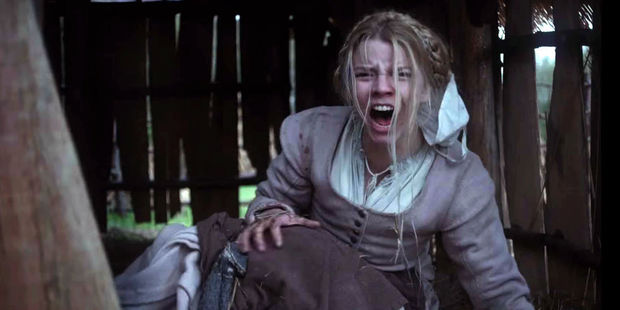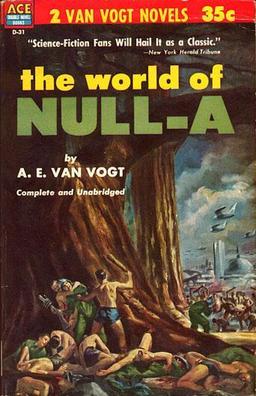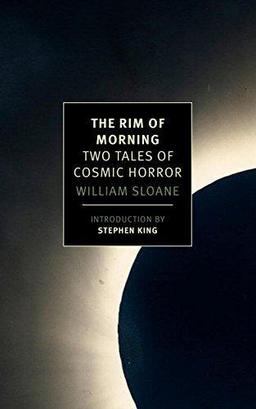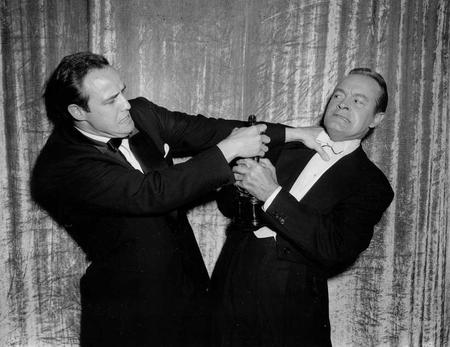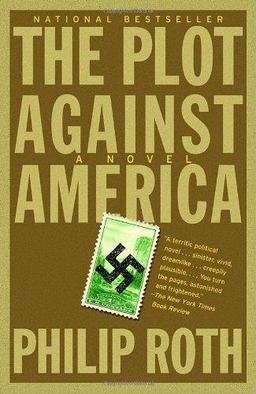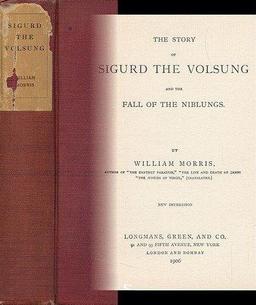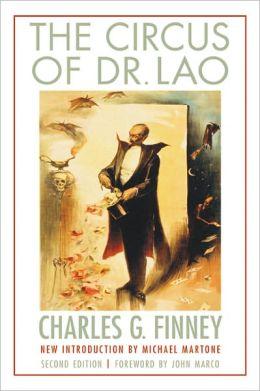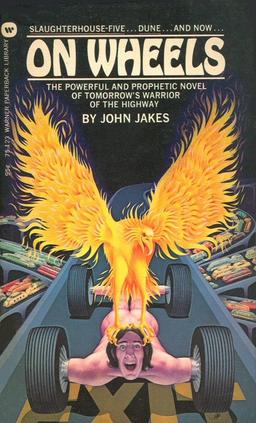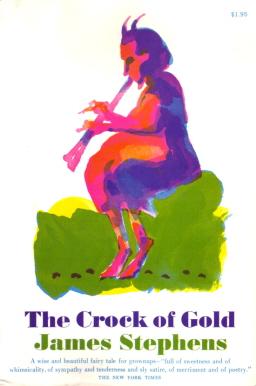Alone at the Edge of the World: The Witch
Have you ever considered the possibilities that would open up if certain common modern inventions had appeared much earlier than they actually did? (If you haven’t, humor me for the next few minutes and pretend that you have.)
Imagine, for example, that some starch-collared, black-hatted pre or proto-Edison had invented motion pictures some three hundred years before that technology really did arrive. What sort of films would have resulted? What kind of movies would have been made, for instance, by the dour puritans of New England?
Somehow, I don’t think that particular group would have been big on romantic comedies or caper pictures, and their 50 Shades of Grey would have been a sober documentary on the winter landscape of Massachusetts instead of… well, you know. Scary movies, on the other hand — they might well have gone in for those, and if you had gotten the corn shucking and butter churning done early some Saturday night in 1660, and had hopped on the family mule to trot into town to the Salem Cinema 6 to see a horror movie, you might have seen something very like The Witch.
